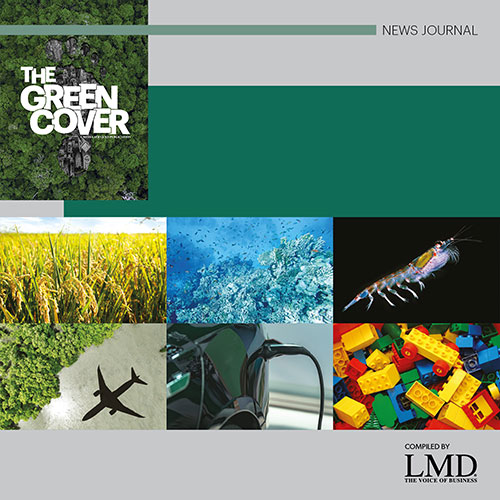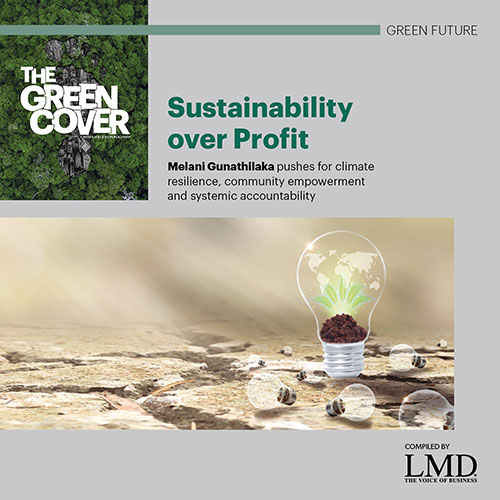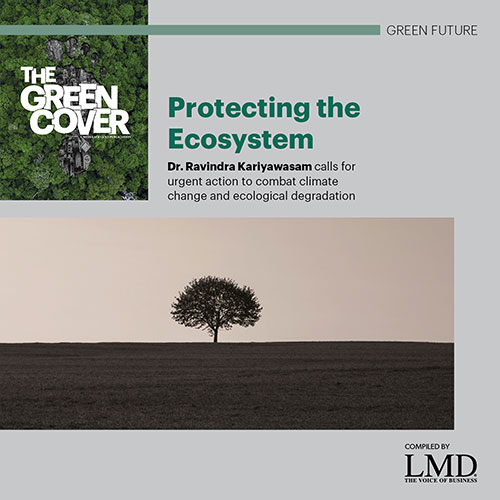Conserving Land and Forest
Conserving Land and Forest
Prof. Sampath Seneviratne highlights land conservation and the participation of the public and corporates

Q: What are the biggest issues Sri Lanka faces when it comes to land conservation and reforestation?
A: As an island, there is a serious demand for very limited land. Sri Lanka has a large population with 22 million people living in 65,000 square kilometres. As one of the highest population densities on the planet this leads to intensified land consumption for infrastructure, agriculture and water.
A majority of land is allocated for cultivation. Another significant portion for reservoirs and rivers, which feed agriculture, human consumption and industries. Another percentage goes for development and infrastructure. As population density increases so does demand for land.
Ownership of land and encroachment are other issues. About half of the land is owned by the government and of that 13 percent is owned by the Wildlife Department and about 10 percent by the Forest Department. Nearly 20 percent is owned by the private sector.
As a country dependent on soil for farming, conservation is very important, and complex ownership cycles and clashing political and public interests impede conservation.
A proper understanding of soil and water conservation, biodiversity management, and the value of forests and natural vegetation is needed especially with lands that belong to the Land Reclamation Commission, which have to be protected and carefully managed.
Q: How important a role do the government and other departments have in safeguarding habitats?
A: The role of the government is immeasurable. It needs to control and safeguard habitats while empowering relevant agencies in charge of protecting land, water and air. Ensuring that lands are protected and not encroached on also creates resources for tourism and foreign currency inflows. Sri Lanka’s national parks earn more money than most big businesses.
A Sri Lankan leopard’s economic worth reaches Rs. 49 million with no less than 1,000 in the wild. When considered relatively, wildlife earns more dollars than most of the major businesses in the country.
Fragmentation of forest patches is the biggest threat to our biodiversity. By connecting them via habitat corridors, forests can be saved at a minimum cost. A private partnership of securing land, water and air outside the protected area network is the Wildlife and Nature Protection Society’s recent initiative, Protecting Land and Nature Trust, whereby private forest lands are used to create an emerald corridor connecting vital forest patches across the wet zone.
Political authorities and the public have to understand that the protection of land and habitats is an investment, and it’s our moral duty to protect these habitats.

Professor in Zoology
Department of Zoology and Environment Sciences
University of Colombo
“Fragmentation of forest patches is the biggest threat to our bio diversity. By connecting them via habitat corridors, forests can be saved at a minimum cost





